Energy giant BP said it is reviewing the impact on its planned £5 billion of investment in the North Sea following the imposition of the chancellor’s windfall tax.
Prior to Rishi Sunak unveiling the energy profits levy which the government expects will raise £5bn over the next year, BP was celebrating the fifth birthday of a £2.2bn production project in West of Shetland.
It was in May 2017 that the Glen Lyon floating production, storage, and offloading (FPSO) vessel came on stream, giving a new lease of life to the Schiehallion and the adjacent Loyal fields and has since produced over 120 million barrels of oil.
At any one time there are 125 to 140 workers on board the vessel.
Speaking to The Press and Journal in the days running up to the chancellor’s announcement in parliament, Louise Kingham, BP’s UK head of country and senior vice president for Europe, highlighted the Glen Lyon milestone and outlined how it was a model for the £5bn the company has earmarked for spending on a series of North Sea projects.
This includes recently announced plans to develop its Murlach oil and gas prospect in the central North Sea, nearby to its giant Etap platform production system as well as more ambitious investment in reducing the carbon footprint of its oil and gas business.
Kingham said the investment, part of an £18bn to be spent across the UK energy system in the next ten years, would also include “further concept options” for the development of the giant Clair west of Shetland, the largest oilfield in the UKCS.
Part of the recent investment in the Glen Lyon includes a number of what BP calls “sustainable emissions reduction” projects.
This includes a flare gas recovery system which reduces the wasteful burning off of excess gas. The energy firm estimates these improvements have taken out over 52k tonnes of CO2 equivalent emissions per year, which is “pretty impressive”, Kingham said.
She said: “Glen Lyon has made and will continue to make a significant contribution in the North Sea for us – and is an important part of how to we make the North Sea the most resilient barrels with the lowest emissions – and good value. And enabling us to continue this program of reinvestment we have got in the North Sea.”
BP is targeting what it calls “best barrels” of oil and gas – meaning they are produced efficiently and with the lowest emissions possible – as it moves towards a target of cutting its production worldwide by 40%.
“By 2030 we’ll have cut production 40% from 2019,” she said.
“That will be rebalanced by a 50GW pipeline of low carbon energy opportunities – wind, solar and building out the hydrogen and carbon capture and storage businesses.”
Wind, hydrogen, carbon capture
BP has also earmarked £10bn as part of a bid to develop a massive offshore wind farm in the North Sea and centre of excellence in Aberdeen. It also has further plans for a green hydrogen project in Teesside and electric vehicle charging network across the UK.
Investment required to meet net zero carbon targets is expensive even without the prospect of being stung by windfall taxes.
And while she said that the firm was committed to its wider £18bn spend, there could also be more investment that would be subject to prevailing conditions.
“We have been very clear about what we think about the windfall tax – we think stable competitive environments are the way to encourage investment,” she said.
“Windfalls by their very nature are unpredictable and they have the potential to destabilise that track towards accelerating home-grown energy.
“That said, we are backing Britain and we are committed.
“We have some fantastically exciting projects right across the portfolio in BP starting with more investment in the North Sea.
“All those projects – Seagull, Murlach, further development of Clare – there’s £5bn in that £18bn which is directed at further investment in the North Sea.
“We are not shying away from that.
“We are a responsible British business and we have absolutely every intention of continuing to go.
“Clearly there are times when you are asked to make final investment decisions over a period of years.
If something very radical changes, you are inevitably going to have to look at what’s in the plan. You have a responsibility in busines to do that.”
Louise Kingham, BP’s UK head of country
“If something very radical changes, you are inevitably going to have to look at what’s in the plan. You have a responsibility in business to do that.
“£18bn is the package of overall investment BP has committed to UK.
“We have said there is potentially more – there is always the longer list than we are able to put into the plan at any point in time.”
The new tax announced by Sunak is an additional 25% tax on UK oil and gas profits on top of the existing 40% headline rate of tax, taking the combined rate of tax on profits to 65%.
And while it has a “sunset” clause in 2025, North Sea operators face paying further “windfalls” unless oil and gas prices return to “historically more normal levels”.
However, the Treasury also held out an incentive carrot to encourage firms to invest in the form of a “super-deduction” 80% investment allowance.
In a statement responding to the changes, a spokesman for BP said: “We know just how difficult things are for people across the UK right now and recognise the Government’s need to take action.
“As we have said before, we see many opportunities to invest in the UK, into energy security for today and into the energy transition for tomorrow.
“Today’s announcement is not for a one-off tax – it is a multi-year proposal.
“Naturally we will now need to look at the impact of both the new levy and the tax relief on our North Sea investment plans.”
Five years of Glen Lyon – the OIM’s view
Steven Rees has been working on the Glen Lyon for three and a half years and last year became the boss – the offshore installation manager (OIM).
The 130-odd crew who are on board take a plane from Aberdeen to Sumburgh in Shetland and then board a helicopter for the 45-minute to an hour flight to the vessel – depending on the weather.
He says the recently built FPSO is “the best” offshore production facility he has worked on due to the spacious accommodation and recreation facilities.
“It’s not home away from home but it’s as close as we can make it.”
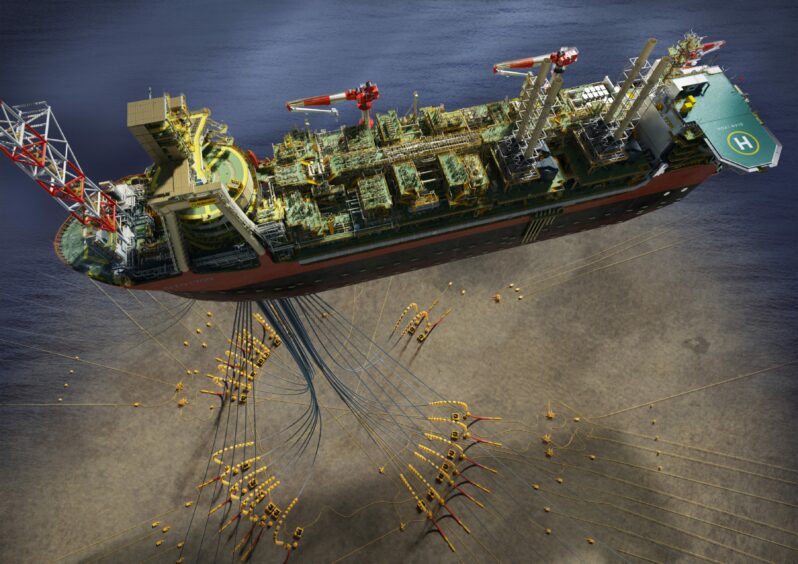
South Wales-based Rees himself commutes via “planes, trains and automobiles” to his work.
He says both Glen Lyon and the nearby Clare Ridge facilities are “an operator’s dream”.
“Not forgetting that Glen Lyon is a redevelopment of the Schiehallion field – we have been producing in this area for over 20 years.
“The performance of both the reservoir and the facility of Glen Lyon has certainly allowed us to continue on that journey.”
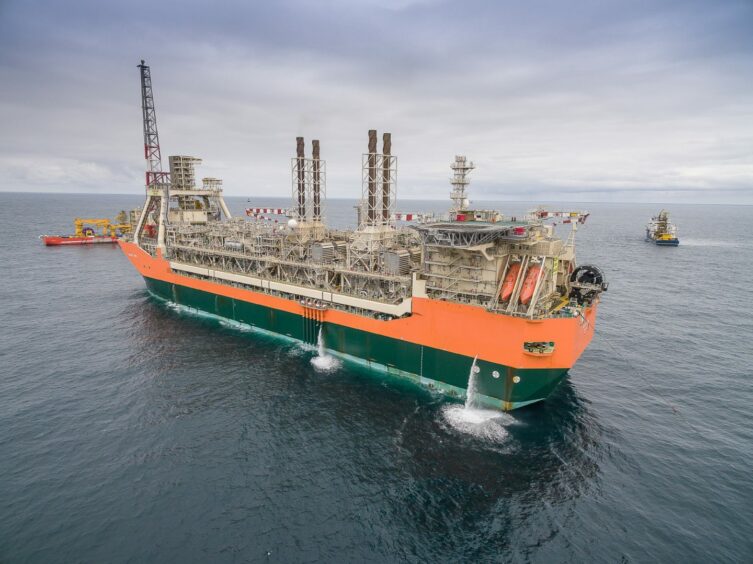
The facility recently completed work to reduce flaring – a practice which the sector watch dog, the North Sea Transition Authority, aims to clamp down on in an effort to ensure the basin reduces its environmental footprint.
Having reduced carbon emissions on Glen Lyon by 52,000 tons of CO2 per year, the crew is aiming for a further 24,500 tons.
“In the last 24 months the team has been continually working to improve the picture on Glen Lyon,” said Rees.
“With our flare gas recovery on line we are able to eliminate all flaring on the FPSO during normal operations – which is great.”
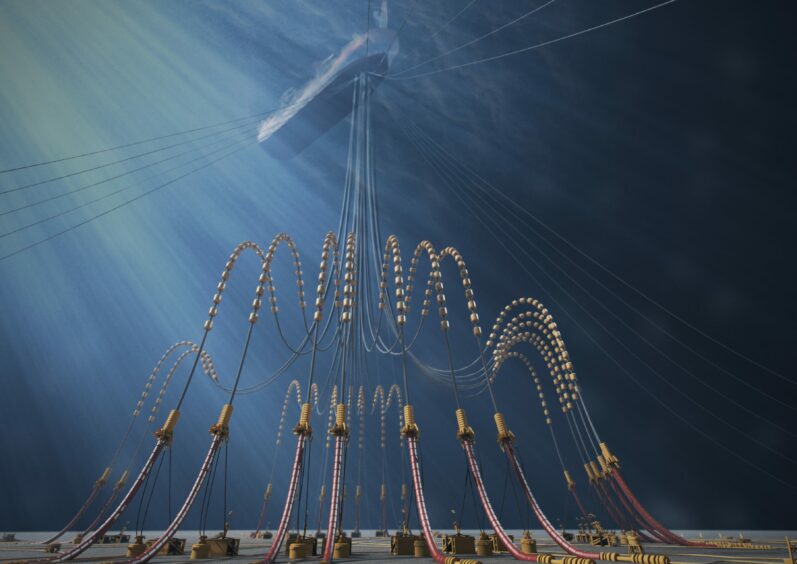
But the teams on the vessel are going further to continue the improvements and are more motivated than ever to help reduce the environmental footprint involved in producing the oil from the field.
As the company and the world has shifted its focus, the people at the front line wanted to be involved.”
Steven Rees, OIM, Glen Lyon.
“It has been interesting to see as the company and the world has shifted its focus, the people at the front line wanted to be involved,” he said.
“It has been able to link that back to the strategy – what we are doing here and how it relates to the bigger picture.
“It has created a lot of energy – and a lot of competition as well.
“The guys are wanting to try and get better – what else can we do, how else can we improve things.
“It’s the cultural impact – take the way in which the world has moved and changed and people want to move with it and want to be part of that.”
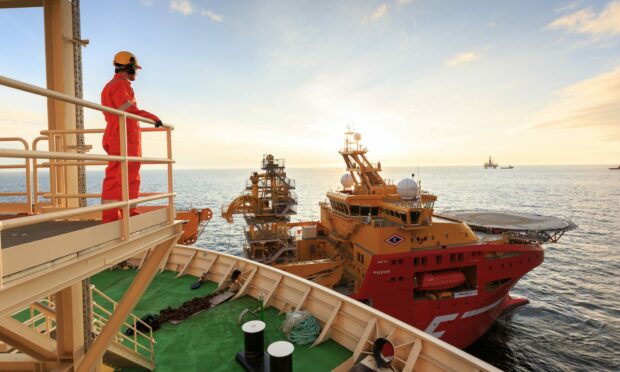
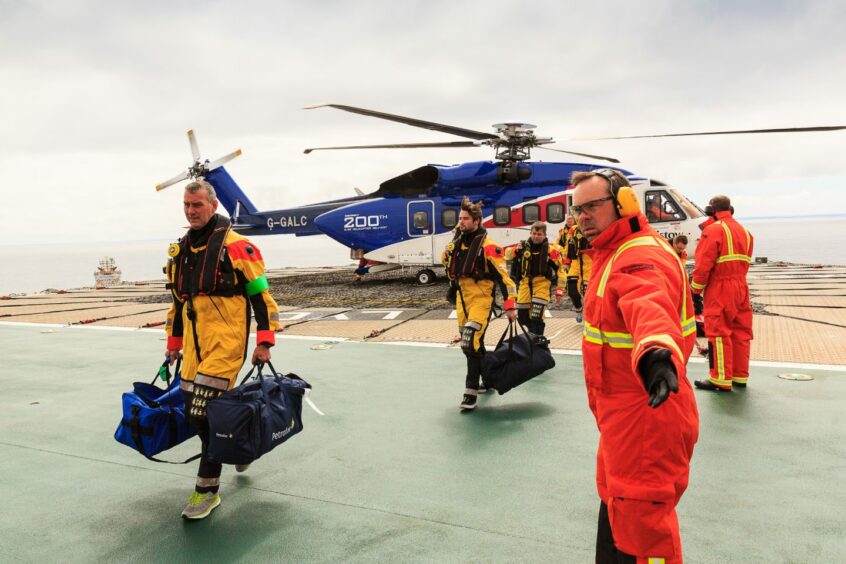
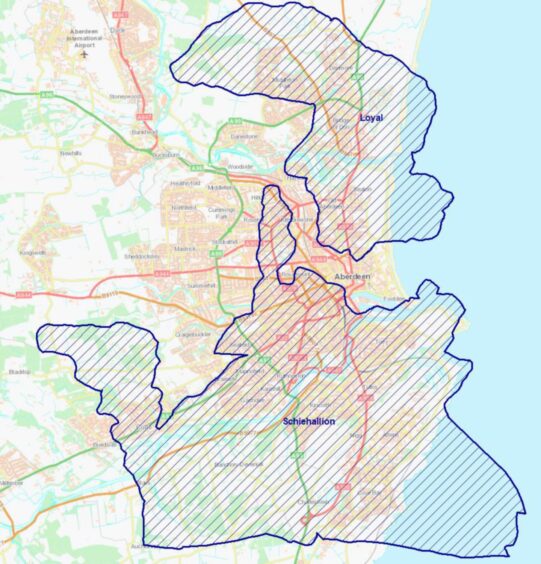
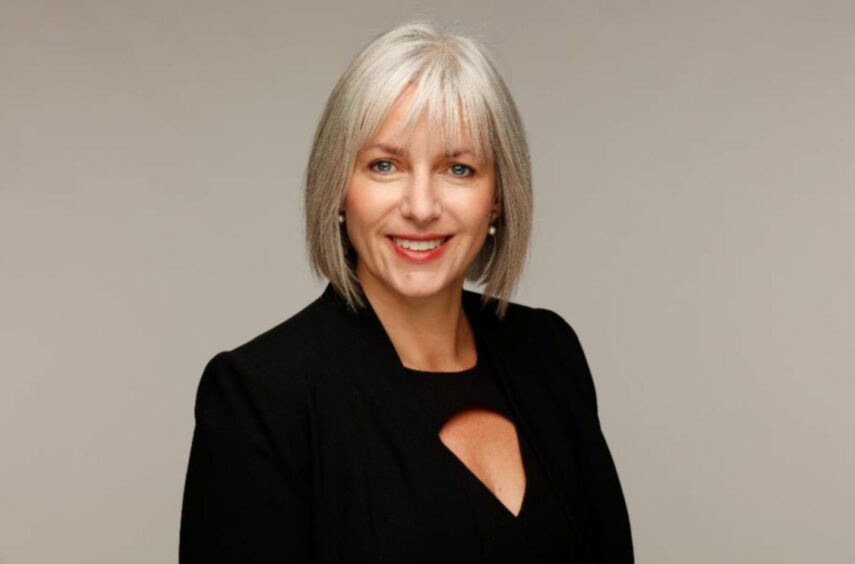
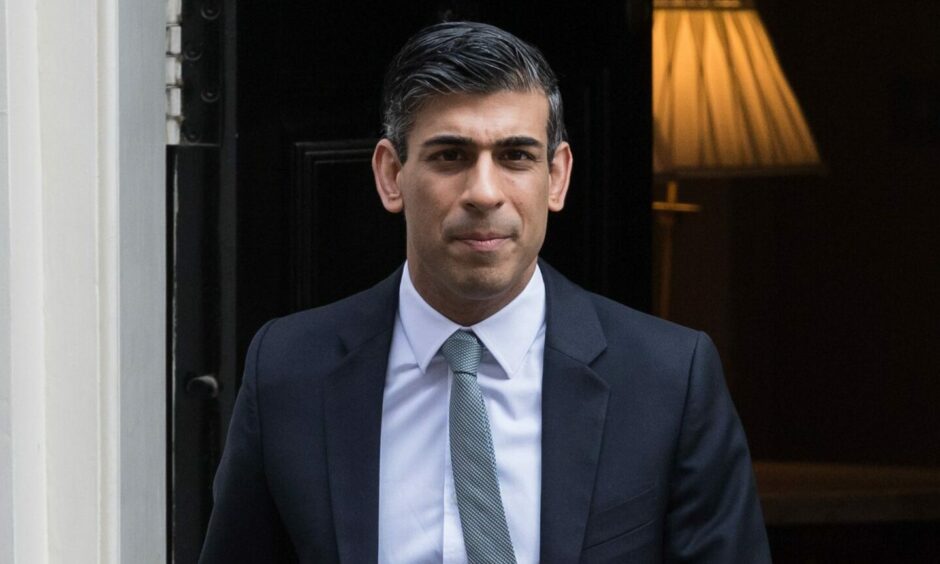

Conversation